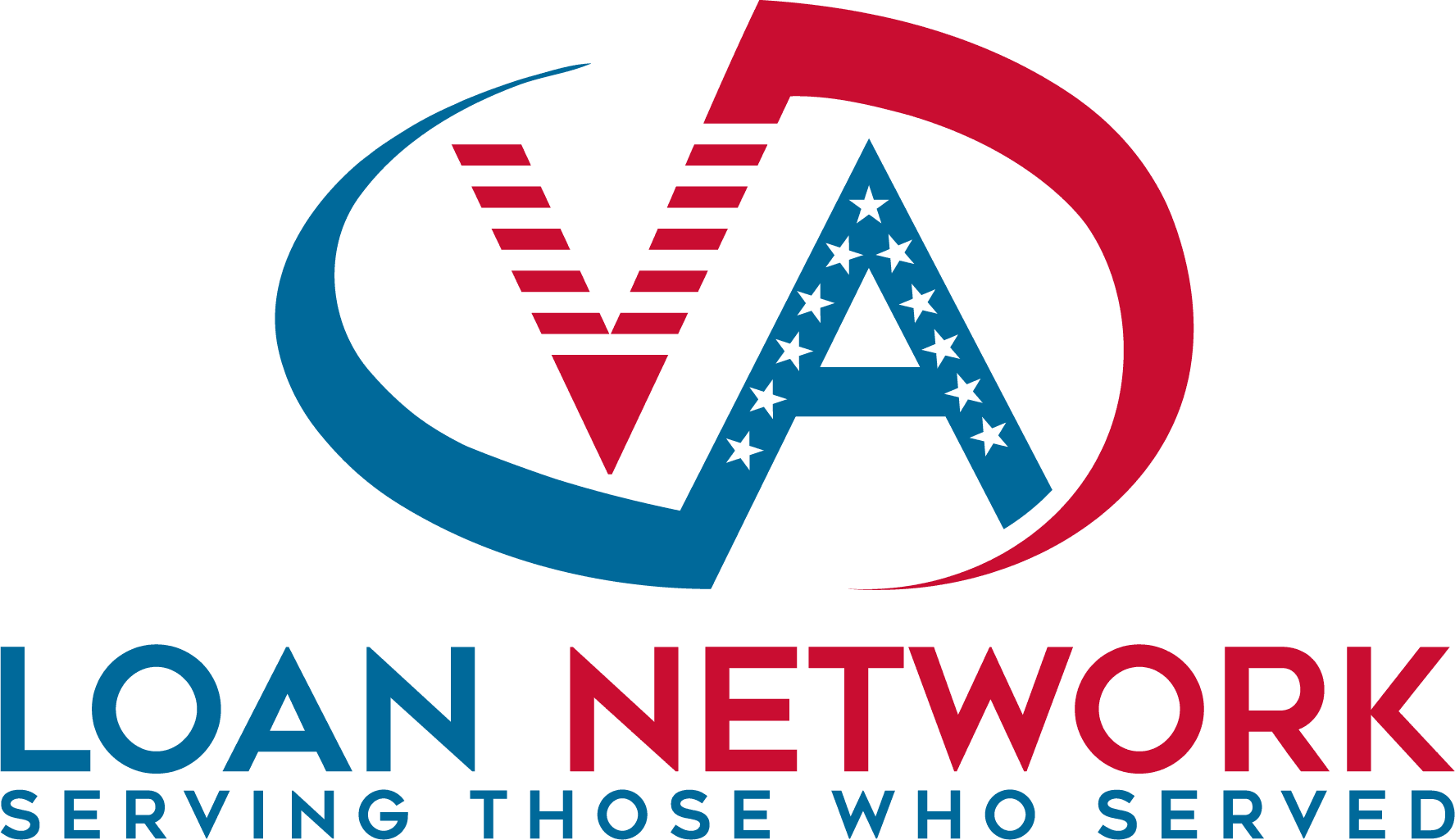Refinancing an FHA loan to a VA loan can be a smart financial decision for veterans and active-duty service members. This process offers potential savings, better loan terms, and the elimination of mortgage insurance. This guide will break down the benefits, the process, and key considerations in simple language, with the help of tables and bullet points for clarity.
Table of Contents
Understanding FHA and VA Loans
FHA Loans Overview
FHA loans are government-backed mortgages. They help first-time homebuyers or those with lower credit scores. Key features include:
- Lower Credit Score Requirements: Minimum score often needed is 580.
- Low Down Payment: You can start with as little as 3.5% down.
- Mortgage Insurance Premium (MIP): Required both upfront and annually, adding to the cost.
| Feature | FHA Loan Details |
|---|---|
| Credit Score | 580 minimum |
| Down Payment | 3.5% of the home price |
| Mortgage Insurance | Upfront and annual MIP is required |
VA Loans Overview
VA loans are specifically for veterans, active-duty service members, and certain surviving spouses. They provide:
- No Down Payment: Buy a home with zero down payment.
- No PMI: No Private Mortgage Insurance required.
- Lower Interest Rates: VA loans often offer more favorable rates.
| Feature | VA Loan Details |
|---|---|
| Credit Score | Flexible, often around 620 or higher |
| Down Payment | None required |
| Mortgage Insurance | Not required |
Why Refinance from FHA to VA?
Refinancing an FHA loan to a VA loan can provide substantial benefits:
1. Eliminate Mortgage Insurance
- FHA Loans require ongoing mortgage insurance (MIP).
- VA Loans have no PMI, reducing your monthly payments.
| Loan Type | Mortgage Insurance Required? |
|---|---|
| FHA Loan | Yes, ongoing MIP |
| VA Loan | No, PMI is not required |
2. Lower Interest Rates
- VA Loans typically offer lower interest rates than FHA loans, leading to lower monthly payments and overall interest savings.
3. No Down Payment Requirement
- VA Loans don’t require a down payment, making it easier to refinance without needing extra cash.
4. Flexible Credit Requirements
- VA Loans often have more forgiving credit requirements, and lenders may focus on other factors like residual income.
5. Cash-Out Refinance Options
- With a VA cash-out refinance, you can borrow up to 100% of your home’s value, allowing you to access equity for other needs.
The Refinancing Process: Step-by-Step
Refinancing from an FHA loan to a VA loan is straightforward. Here’s how it works:
Step 1: Check Eligibility
- Veteran or Active-Duty Status: Verify your status as a veteran or service member.
- Obtain a Certificate of Eligibility (COE): This document confirms your eligibility for a VA loan.
Step 2: Shop Around for Lenders
- Compare Rates: Look for VA-approved lenders offering competitive rates.
- Ask About Fees: Inquire about the VA funding fee and other closing costs.
Step 3: Apply for the Loan
- Submit Documentation: Provide your COE, income details, and credit information.
- Lender Reviews: Your lender will review your application and order an appraisal.
Step 4: Closing the Loan
- Sign the Documents: Once approved, you’ll close on the loan, and the VA loan will pay off your FHA loan.
- Receive Cash-Out (if applicable): If doing a cash-out refinance, you’ll receive funds from your home equity.
Potential Challenges and Considerations
Refinancing from an FHA loan to a VA loan has many benefits, but there are some things to keep in mind:
1. VA Funding Fee
- What is it? A one-time fee that helps cover the costs of the VA loan program.
- Amount: The fee can range from 1.4% to 3.6% of the loan amount, depending on factors like first-time use or subsequent use of the VA loan benefit.
2. Appraisal Requirements
- Property Appraisal: A VA appraisal ensures your home’s value justifies the loan amount.
- Possible Outcomes: If the appraisal is lower than expected, you might need to adjust your loan or provide additional funds.
3. Closing Costs
- What to Expect: Expect to pay fees for the appraisal, title insurance, and lender charges.
- Negotiation: Some closing costs might be negotiable or covered by the lender.
Advantages of Refinancing to a VA Loan
Refinancing to a VA loan can bring significant savings and better terms:
No Mortgage Insurance
- Savings: Eliminating MIP can save you hundreds per month.
- Long-Term Benefit: Over time, this adds up to substantial savings.
Lower Interest Rates
- Lower Monthly Payments: Even a small reduction in interest rate can decrease your monthly payments.
- Interest Savings: You’ll save more over the life of the loan.
Cash-Out Refinance
- Access Equity: Use your home’s equity for home improvements, debt consolidation, or other expenses.
- Flexible Use: Funds from a cash-out refinance can be used for any purpose.
Conclusion
Refinancing an FHA loan to a VA loan offers veterans and active-duty service members a chance to reduce their monthly payments, eliminate mortgage insurance, and take advantage of favorable loan terms. With potential savings on interest and the option to access home equity through cash-out refinancing, transitioning to a VA loan can be a smart financial move.
When considering refinancing, evaluate your options and consult with a VA-approved lender to ensure you’re getting the best deal. By understanding the process and benefits, you can make the most of your VA loan and achieve your homeownership goals with confidence.







